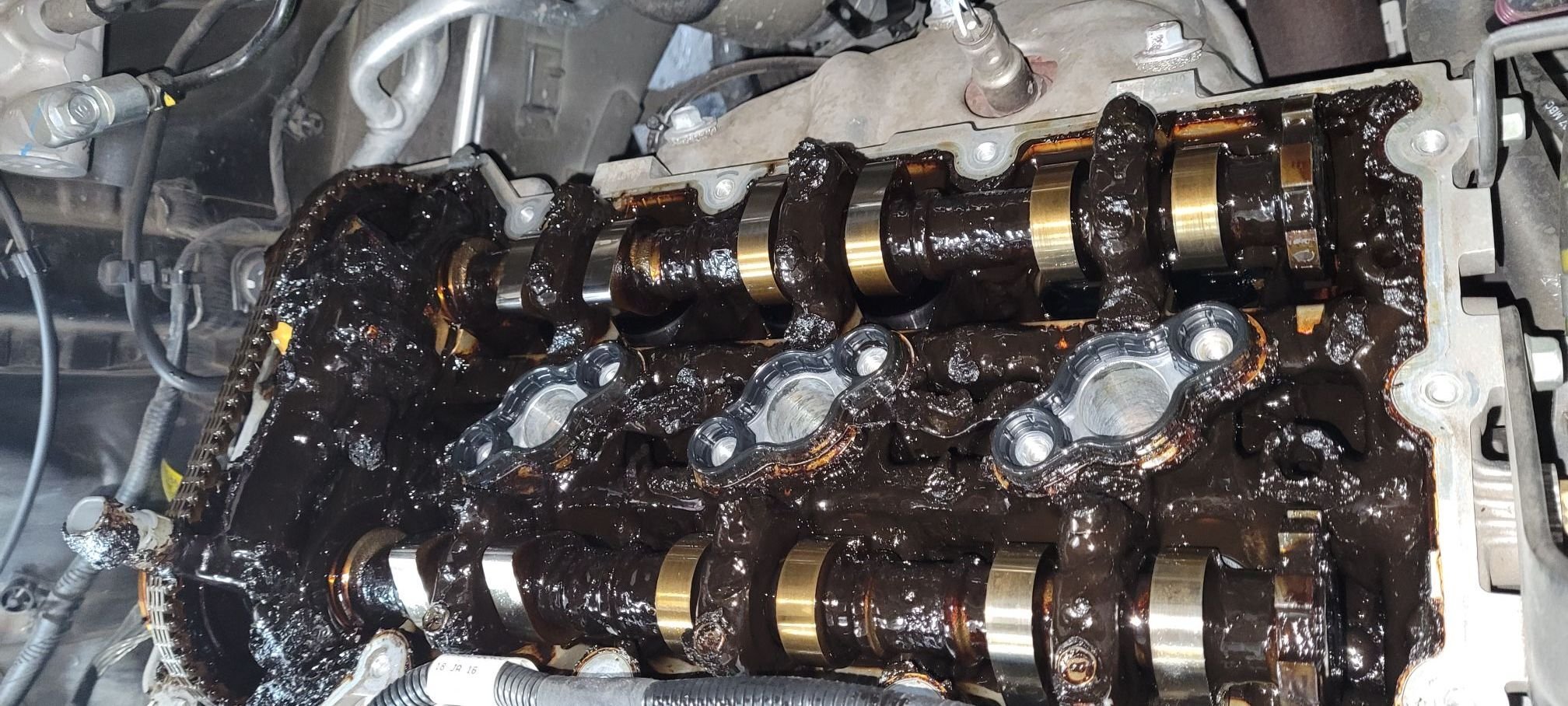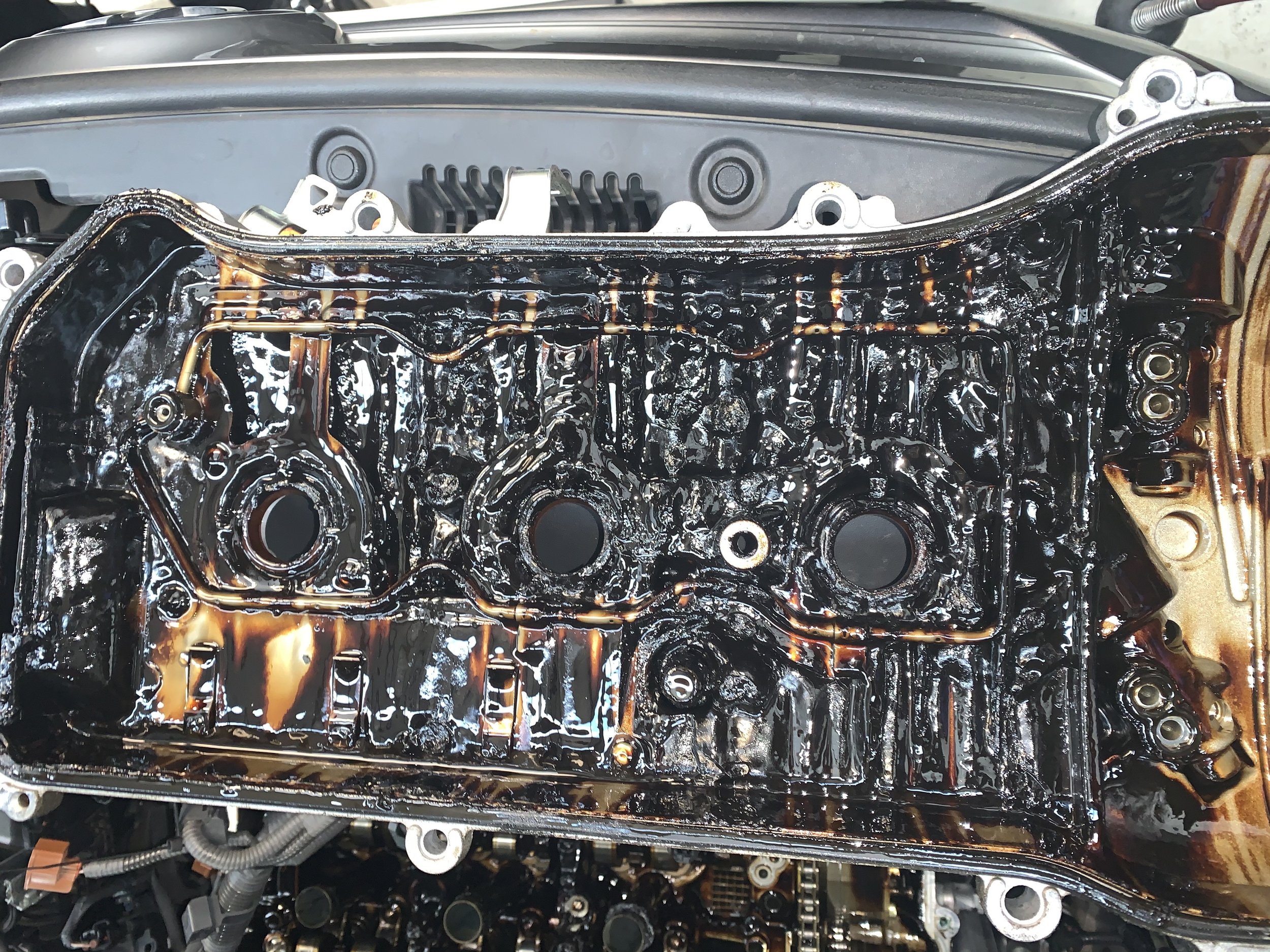Engine oil sludge is a critical concern for vehicle owners, as it can compromise both the performance and durability of an engine. Recognizing the factors that lead to oil sludge formation, understanding its potential damage, and knowing how to prevent it are essential steps to keeping your engine in peak condition. This guide provides actionable advice to help you maintain your vehicle and avoid the pitfalls of oil sludge.
Understanding the Causes of Oil Sludge
Oil sludge is a thick, gelatinous residue that develops when engine oil deteriorates and mixes with contaminants. Several common factors contribute to this issue:
Low-Quality Oil: Using oil that doesn’t meet the required specifications can degrade quickly, promoting sludge formation. Always select the recommended oil type and grade as outlined in your owner’s manual.
Irregular Oil Changes: Skipping or delaying oil changes allows dirt, debris, and moisture to accumulate, increasing the likelihood of sludge. Timely oil changes are crucial for maintaining clean engine oil.
Short-Distance Driving: Frequent short trips prevent the engine from reaching its ideal operating temperature. This can cause condensation and unburned fuel to mix with the oil, hastening sludge buildup.
Overheating: Excessive engine heat accelerates oil breakdown, creating a conducive environment for sludge. A properly functioning cooling system can mitigate this risk.
Neglected Maintenance: Failing to replace air and fuel filters regularly introduces additional contaminants into the oil, exacerbating sludge formation.

How Oil Sludge Impacts Your Engine
The presence of oil sludge can have dire consequences for an engine, potentially leading to expensive repairs or total engine failure. Here’s how it causes harm:
Impaired Lubrication: Sludge clogs vital oil passages and limits the oil flow to key engine components. This results in increased friction, wear, and decreased overall efficiency.
Overheating: Acting as an insulating barrier, sludge traps heat inside the engine, causing temperatures to rise. This overheating cycle further deteriorates the oil and intensifies sludge accumulation.
Blockages: Severe buildup can block oil screens and filters, cutting off lubrication to essential parts of the engine, and leading to part failure or seizure.
Accelerated Wear: Without adequate lubrication, engine components such as camshafts, lifters, and crankshafts experience faster degradation, leading to costly replacements.

Effective Strategies to Prevent Oil Sludge
Protecting your engine from sludge formation requires consistent and proactive care. Implement these strategies to safeguard your vehicle:
Regular Oil Changes: Follow the manufacturer’s recommended schedule for oil and filter changes. This prevents contaminants from lingering and forming sludge.
Choose Quality Oil: Invest in high-quality oil that meets your engine’s requirements. Synthetic oils are particularly resistant to breakdown and sludge formation.
Drive Longer Trips: Whenever possible, opt for longer drives to allow the engine to reach optimal temperature, minimizing sludge risks associated with short trips.
Maintain Engine Systems: Regularly inspect and service components like the cooling system, air filters, and fuel filters. A well-maintained engine operates more efficiently and avoids sludge buildup.
Stay Alert: Watch for warning signs such as reduced performance, unusual engine noises, or dashboard alerts. Address issues immediately to prevent further complications.
Take Charge of Your Engine’s Health
By understanding the causes of oil sludge and adopting preventative measures, you can avoid costly repairs and prolong your vehicle’s life. A consistent maintenance routine, coupled with attention to quality and regular inspections, ensures that your engine remains clean and performs at its best. If your vehicle requires expert care or an engine flush, seek assistance from skilled technicians who can help keep your car running smoothly.

